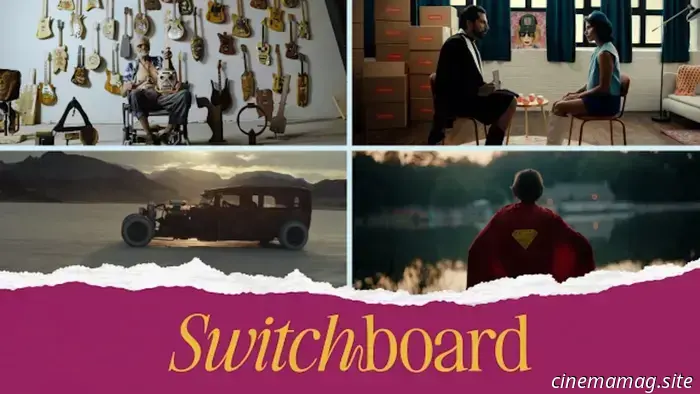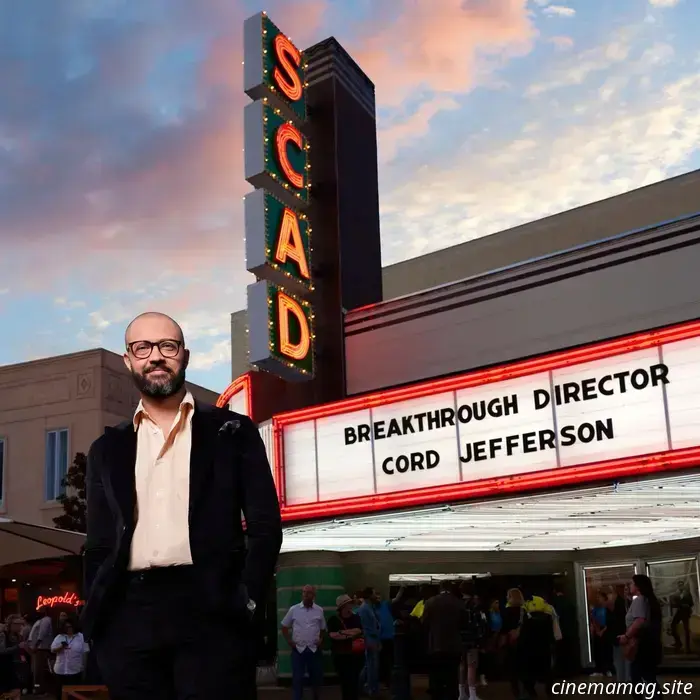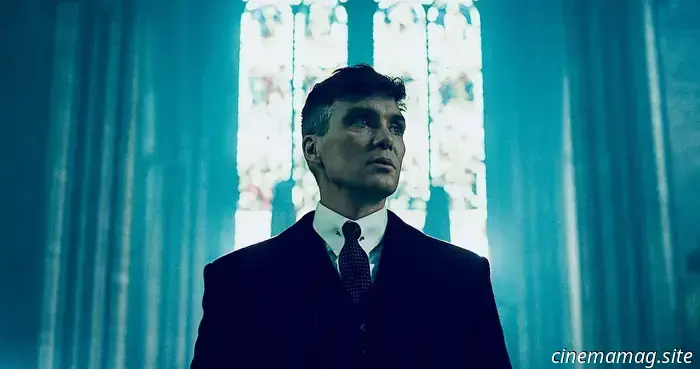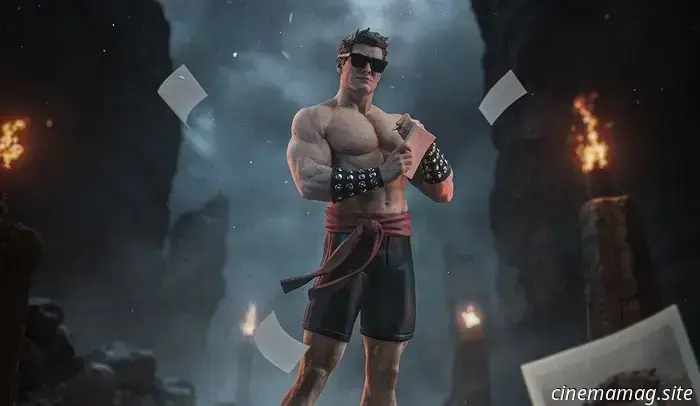
Celia Aniskovich discusses how Switchboard Magazine discovers new intellectual property.
Celia Aniskovich is a documentary filmmaker based in New York and the founder and editor-in-chief of Switchboard Magazine, a digital platform that offers rich, character-driven long-form nonfiction narratives and acquires short films. In the following piece, she discusses how these works create a varied collection of original content intended to serve as intellectual property for adaptation into television and film projects.—M.M.
The issue is clear: the process of making movies takes an excessively long time.
By the time a nonfiction story is reported, optioned, developed, and perhaps — if lucky — turned into a film or series, many years have already gone by. Too many compelling stories remain stuck in the gap between discovery and screen adaptation. And those that do reach the screen? Historically, they have emerged from a limited perspective, leading to a scarcity of diversity in both the stories presented and the voices heard.
We established Switchboard Magazine to bridge that gap. The concept was straightforward: to create a system that operates more swiftly, efficiently, and effectively gets stories in front of those who can advance them. Additionally — and this is vital — to ensure that the process appreciates the essence of the stories, honors ownership, compensates the artists involved, and promotes a broader, richer array of voices.
The Challenge of ‘Good Intentions‘
Celia Aniskovich, filmmaker and the founder and editor-in-chief of Switchboard Magazine. Photo courtesy of Switchboard.
One of our board members bluntly stated: “You can have the noblest ideals, but if the model is flawed, people will regard it as a sentimental experiment, not a workable path to success.” That resonated with me.
In Hollywood, ethics and success are sometimes seen as incompatible — as if valuing artists and their creations contradicts the pursuit of profit. At Switchboard, we aimed to demonstrate the contrary: that it is possible to create a profitable model while ensuring artists are compensated for their contributions. You can engage in beneficial practices and still achieve success.
Also Read: Planning a Film? MovieMaker Production Services Can Increase Your Budget
That’s why we designed Switchboard to include a 50/50 profit share with our writers and filmmakers. We also ensure contributors understand what they are agreeing to (these are real people and non-fiction!).
Before publication, we obtain appearance releases for documentary adaptations and secure life rights for scripted adaptations — not merely as formalities, but as genuine agreements that guarantee the individuals whose lives inspire these narratives have a financial stake if a film or series is produced. This ensures a clear transition from page to screen, preventing surprises for those whose stories may be showcased. Transparency is integrated from the beginning.
Why Stories from Switchboard Magazine Gain Traction
Drawing on our experience as filmmakers, we approach every nonfiction piece as potential intellectual property. Our articles are constructed like films — featuring arcs, characters, and tension — and the shorts we select are character-focused and market-ready. The objective is to maximize each story's chances of extending beyond the written page or festival circuit.
This approach is already yielding results. We’ve optioned several pieces to industry leaders and received substantial interest in the narratives we’ve highlighted. Not due to compromise, but because we position stories to navigate the system more quickly, clearly, and ethically.
The Collective Experiment
This autumn, we implemented one of our models in a tangible way. Switchboard acquired four shorts for consideration for the 2026 Academy Awards — “Freeman Vines,” “Poreless,” “Rat Rod,” and “Saving Superman.”
Even with this expansion, the films remain closely aligned with Switchboard’s mission: all grounded in true stories or lived experiences, and all embodying themes that signify something greater than themselves.
For us, these films are not merely releases — they serve as proofs of concept. Similar to our written features, they function as intellectual property that can evolve into new formats, whether as series, feature films, or other adaptations. By integrating festival-acclaimed shorts with Switchboard’s infrastructure, we illustrate how nonfiction stories can transition more rapidly, transparently, and with artists at the forefront.
Rather than pitting them against one another in a crowded awards season, we launched a collective campaign. Collectively, these shorts have participated in over 100 festivals globally, receiving jury and audience awards at events like Tribeca, HotDocs, Palm Springs, Indy Shorts, and more. Instead of competing for limited attention, the four teams are supporting one another — sharing resources, enhancing visibility, and collaborating as a unified front.
Additionally, we are distributing them through Switchboard’s YouTube channel, embracing a digital-first strategy aimed at democratizing access, increasing visibility, and engaging audiences beyond conventional distribution methods.
Our aim isn’t merely to demonstrate that collaboration can be beneficial. It's to validate that this pipeline — progressing from article or short film to visibility, awards, and adaptation — is genuinely effective.
Lessons for Other Filmmakers
Building Switchboard has reinforced some lessons I

Other articles
 Streaming Debuts: John Carpenter, Edward Yang, Time in Limbo, Twinless, and More
Every week, we showcase the significant titles that have recently become available on streaming services in the United States. Take a look at this week's picks below and previous compilations here. Caught Stealing (Darren Aronofsky) An often thrilling interpretation of the well-trodden genre—while occasionally succumbing to clichéd elements—Aronofsky’s latest film ascends to the top tier of lonely-man-with-cat(s) cinema.
Streaming Debuts: John Carpenter, Edward Yang, Time in Limbo, Twinless, and More
Every week, we showcase the significant titles that have recently become available on streaming services in the United States. Take a look at this week's picks below and previous compilations here. Caught Stealing (Darren Aronofsky) An often thrilling interpretation of the well-trodden genre—while occasionally succumbing to clichéd elements—Aronofsky’s latest film ascends to the top tier of lonely-man-with-cat(s) cinema.
 Elisabeth Moss informa que la secuela de The Invisible Man sigue en desarrollo.
Elisabeth Moss has shared an update regarding the long-awaited sequel to The Invisible Man. Released shortly before the onset of the global pandemic in 2020, Leigh Whannell's The Invisible Man was...
Elisabeth Moss informa que la secuela de The Invisible Man sigue en desarrollo.
Elisabeth Moss has shared an update regarding the long-awaited sequel to The Invisible Man. Released shortly before the onset of the global pandemic in 2020, Leigh Whannell's The Invisible Man was...
 Honorees at the SCAD Savannah Film Festival: Oscar Isaac, Tessa Thompson, and others.
The SCAD Savannah Film Festival has expanded its already impressive lineup of notable guests for this October, featuring Oscar Isaac, Tessa Thompson, and Rose.
Honorees at the SCAD Savannah Film Festival: Oscar Isaac, Tessa Thompson, and others.
The SCAD Savannah Film Festival has expanded its already impressive lineup of notable guests for this October, featuring Oscar Isaac, Tessa Thompson, and Rose.
 Peaky Blinders is set to make a comeback with a two-season order for a sequel series.
As Steven Knight, the creator of Peaky Blinders, works on post-production for the film The Immortal Man, the BBC and Ne have announced the commissioning of a sequel series set in post-WWII Britain, which will consist of two seasons.
Peaky Blinders is set to make a comeback with a two-season order for a sequel series.
As Steven Knight, the creator of Peaky Blinders, works on post-production for the film The Immortal Man, the BBC and Ne have announced the commissioning of a sequel series set in post-WWII Britain, which will consist of two seasons.
 Johnny Cage enters the battle with Iron Studios' latest Mortal Kombat collectible statue.
Iron Studios has officially revealed its 1:10 scale statue of Johnny Cage from the classic video game series Mortal Kombat. This collectible is currently available for pre-order at a price of $9.99; take a look…
Johnny Cage enters the battle with Iron Studios' latest Mortal Kombat collectible statue.
Iron Studios has officially revealed its 1:10 scale statue of Johnny Cage from the classic video game series Mortal Kombat. This collectible is currently available for pre-order at a price of $9.99; take a look…
Celia Aniskovich discusses how Switchboard Magazine discovers new intellectual property.
Celia Aniskovich is a documentary filmmaker based in New York and the founder and editor-in-chief of Switchboard Magazine, a digital outlet that creates
